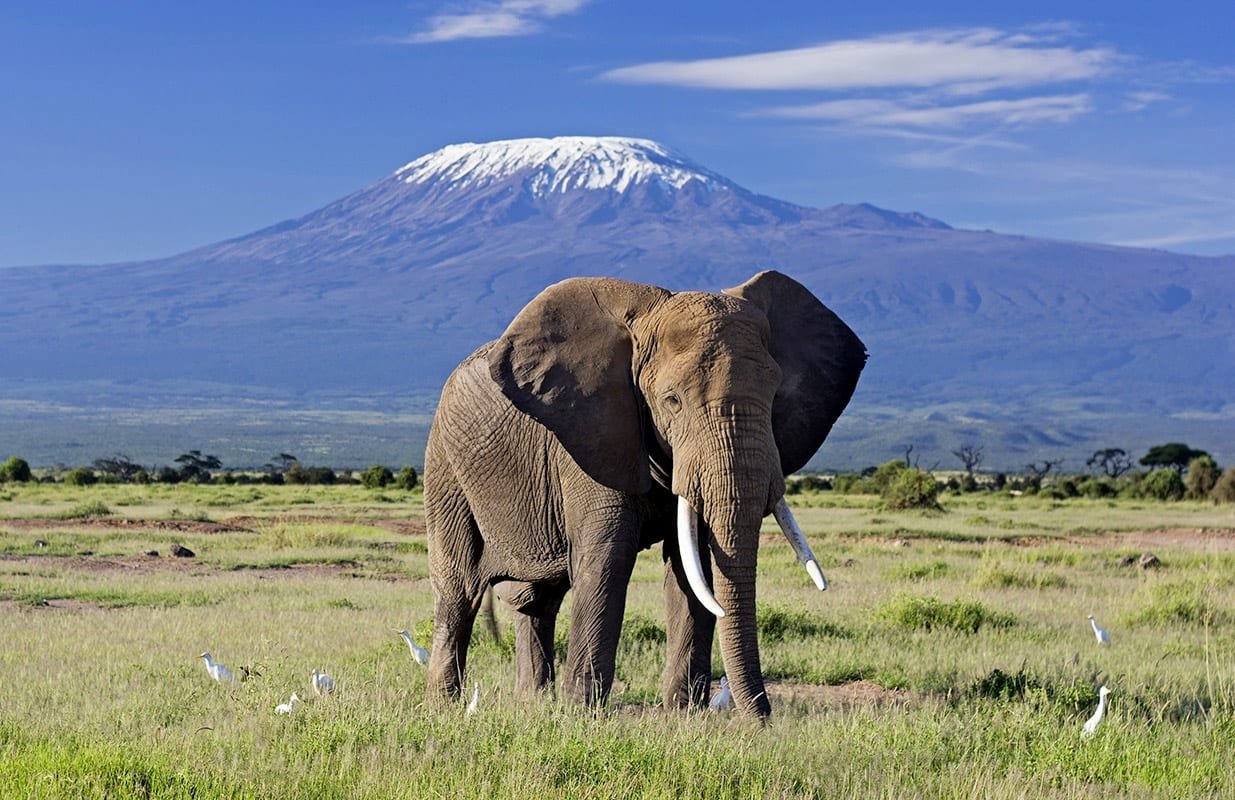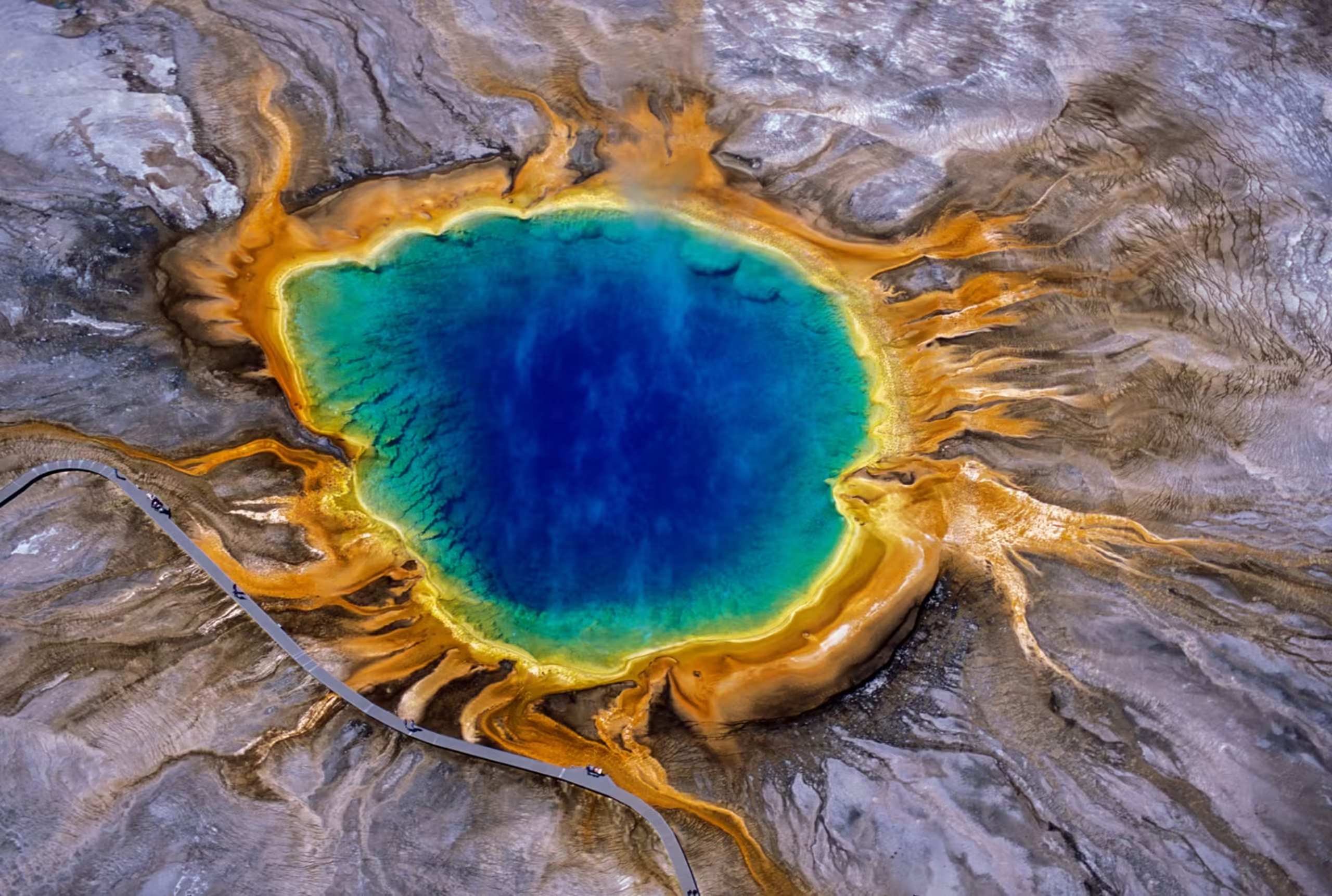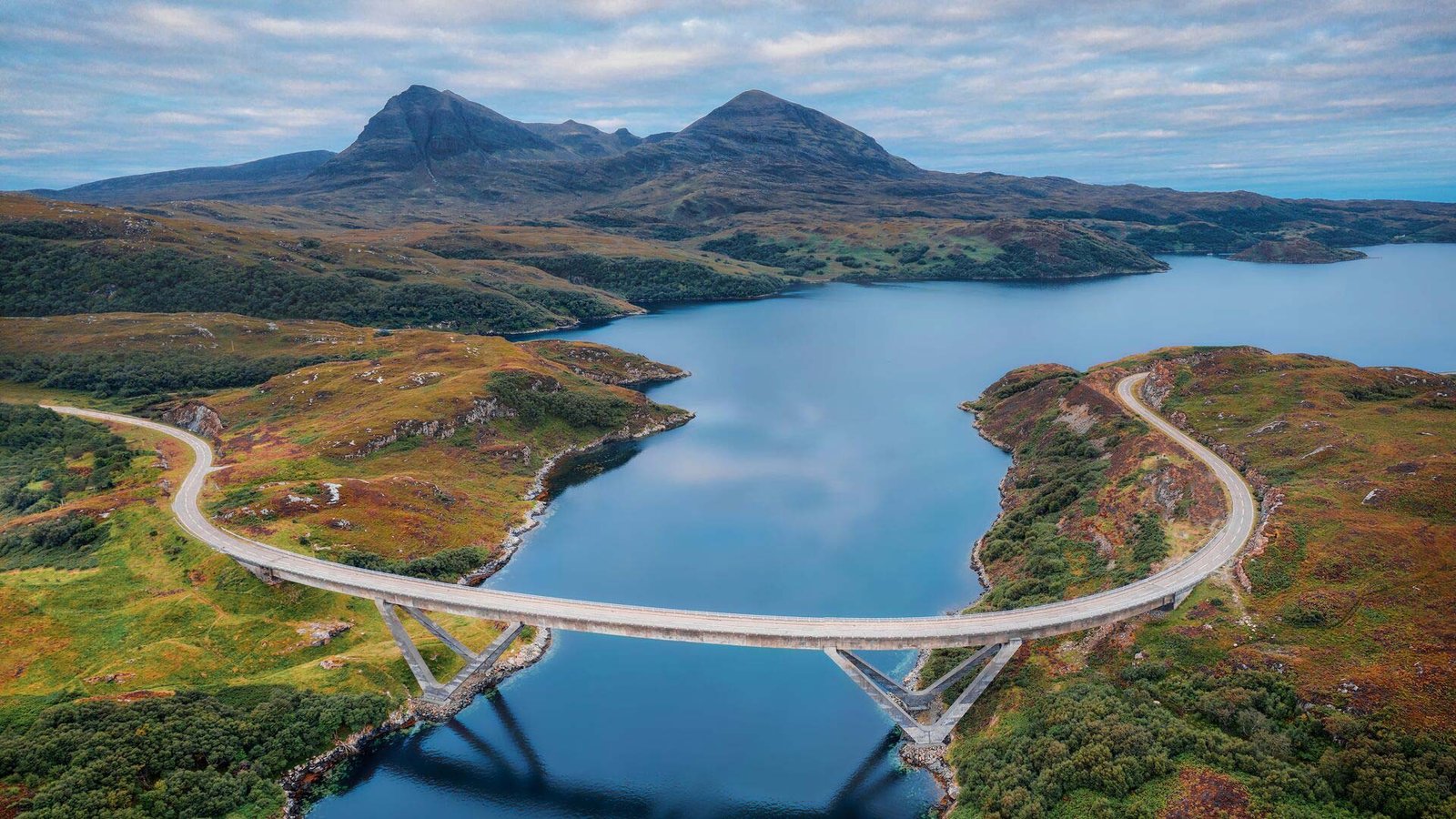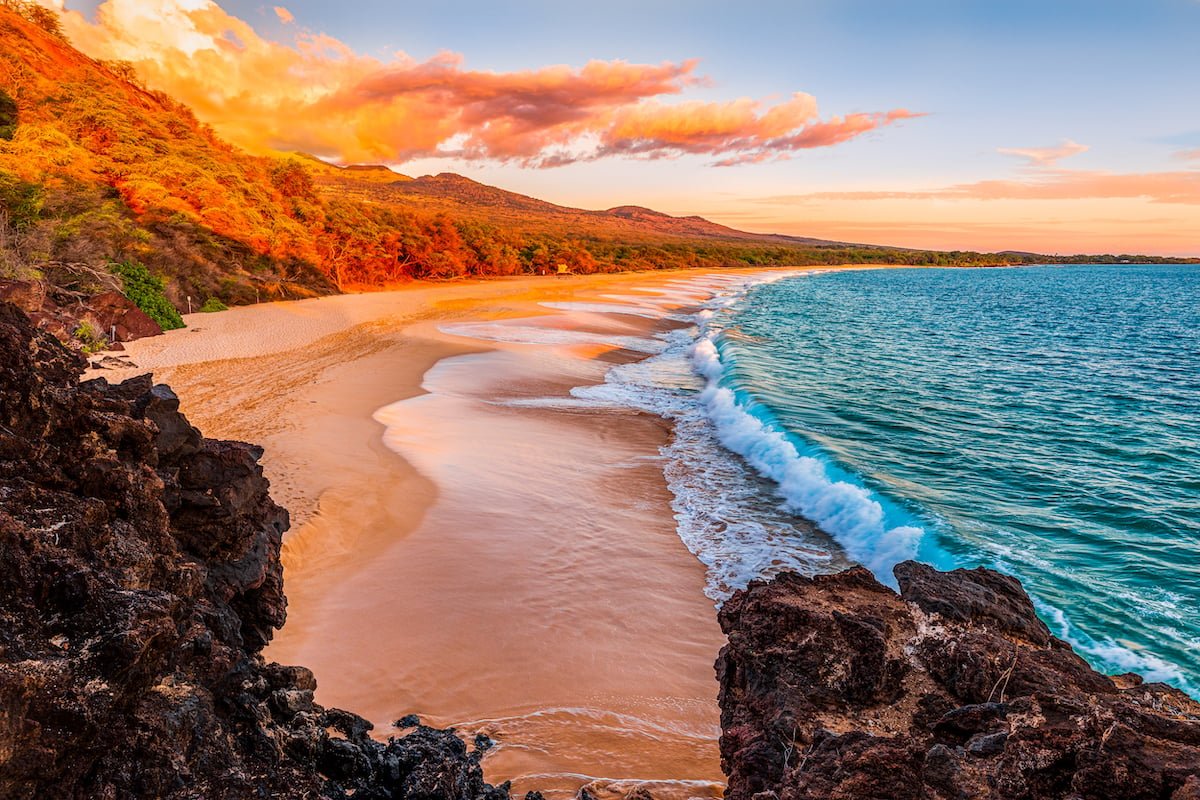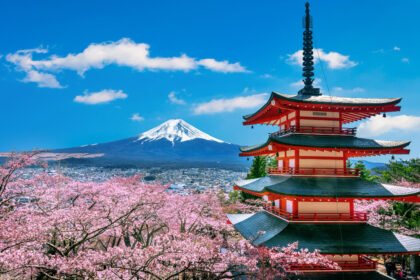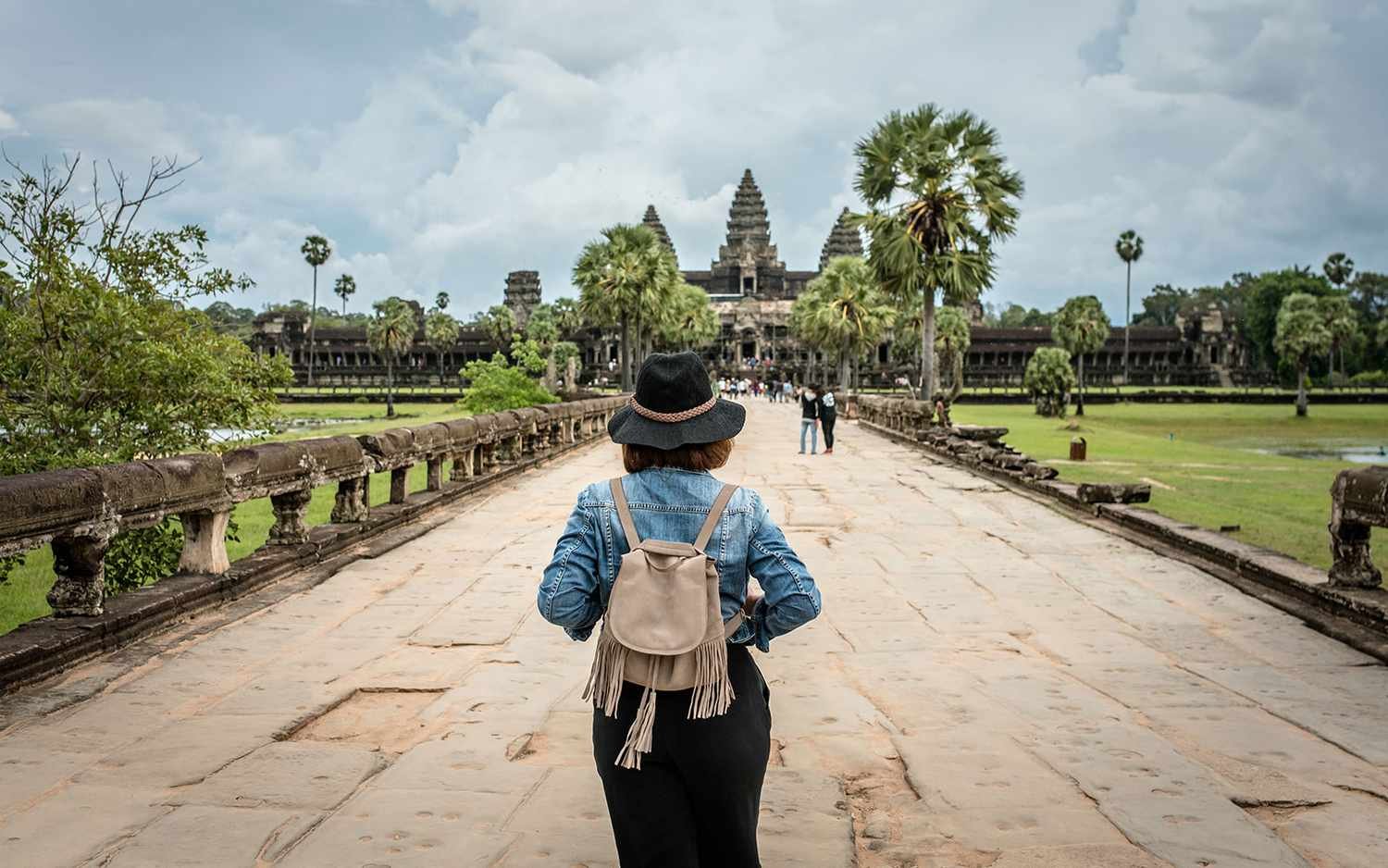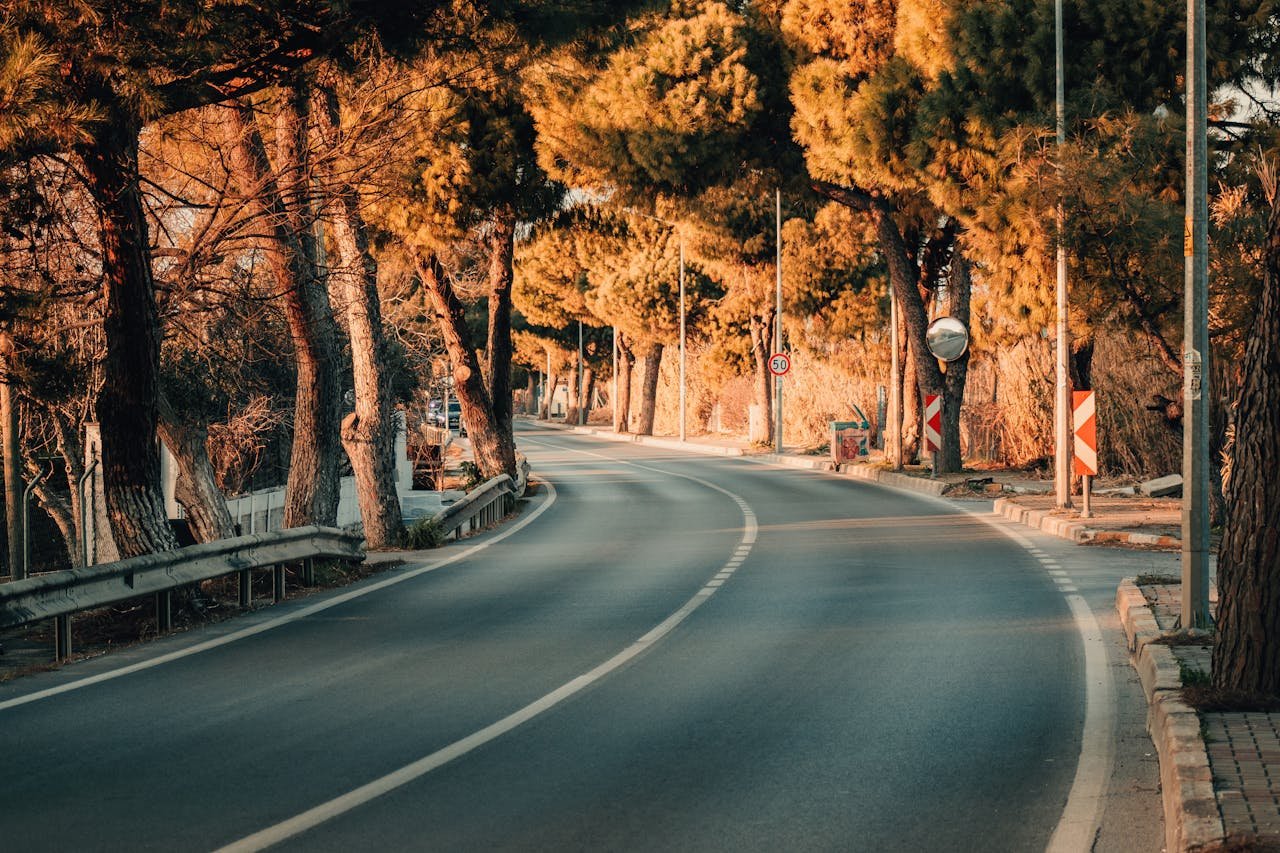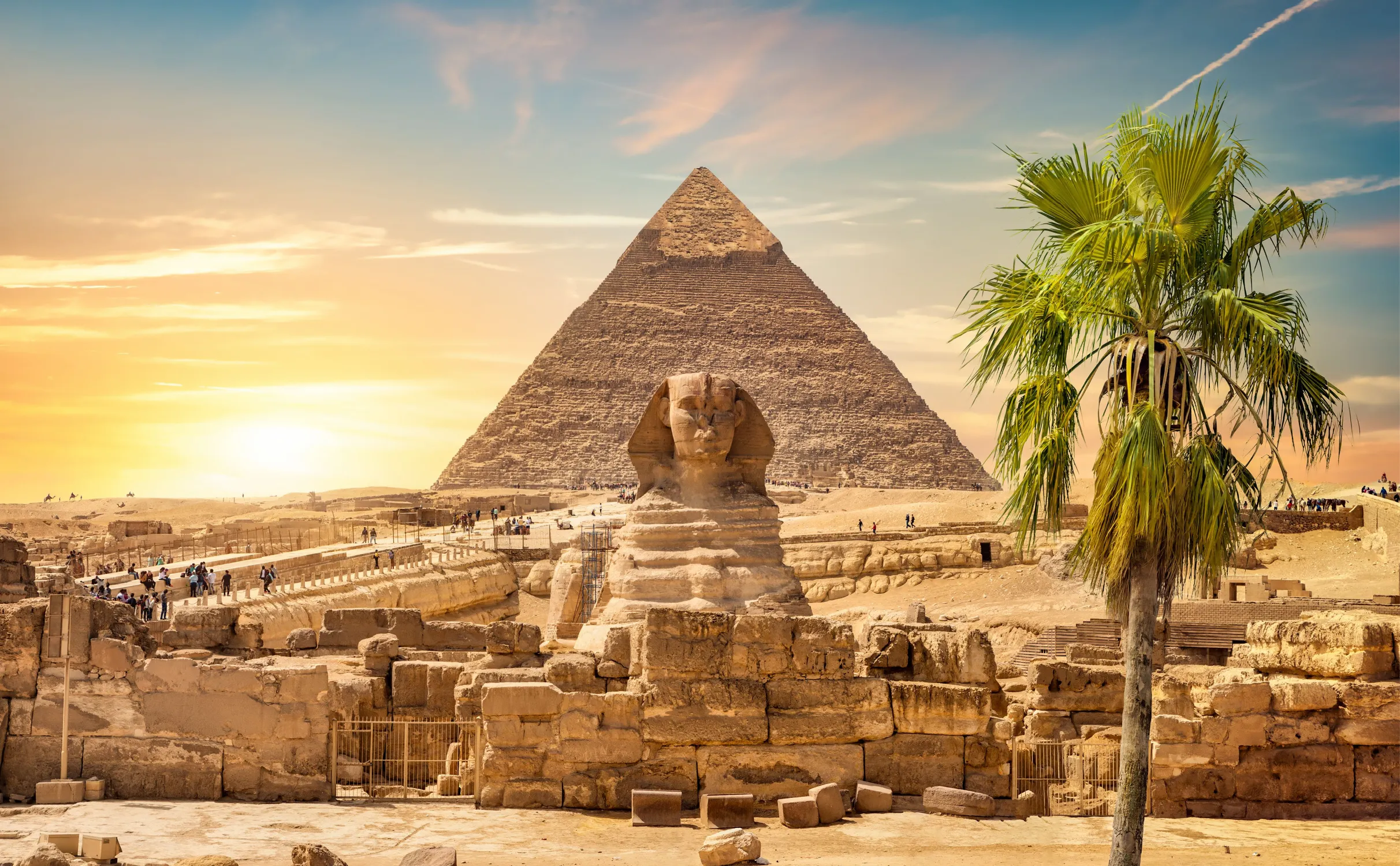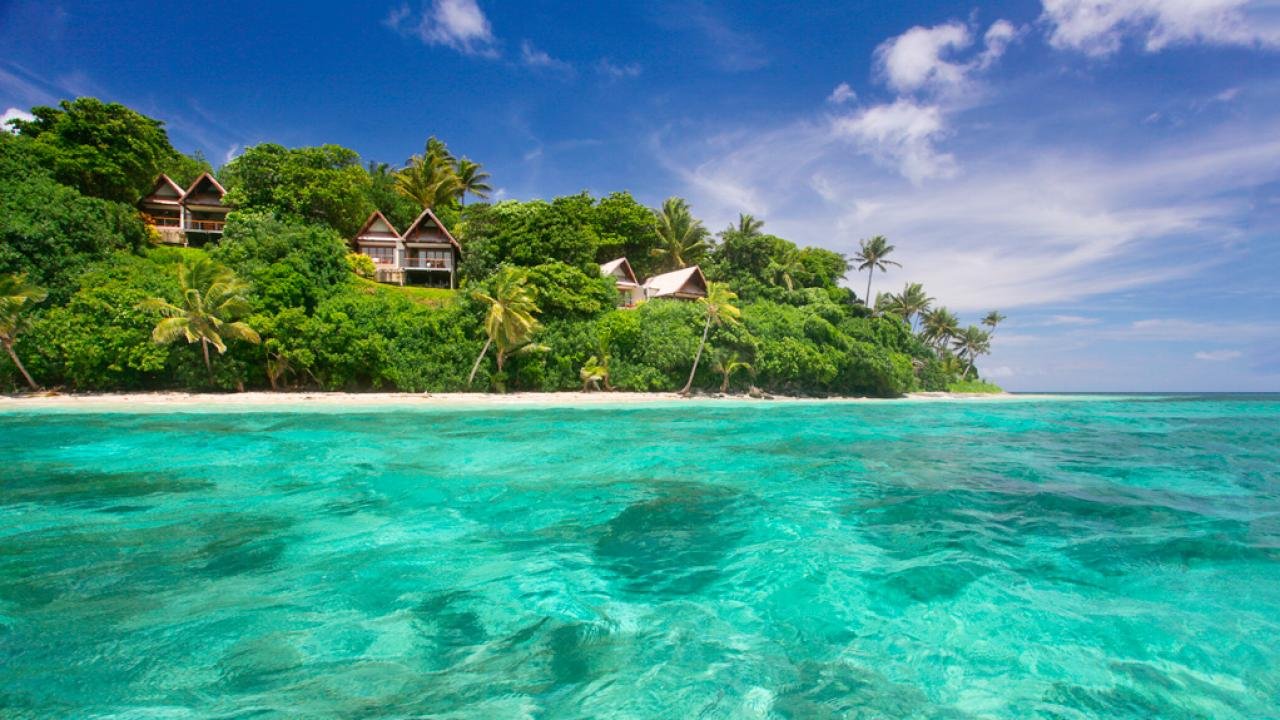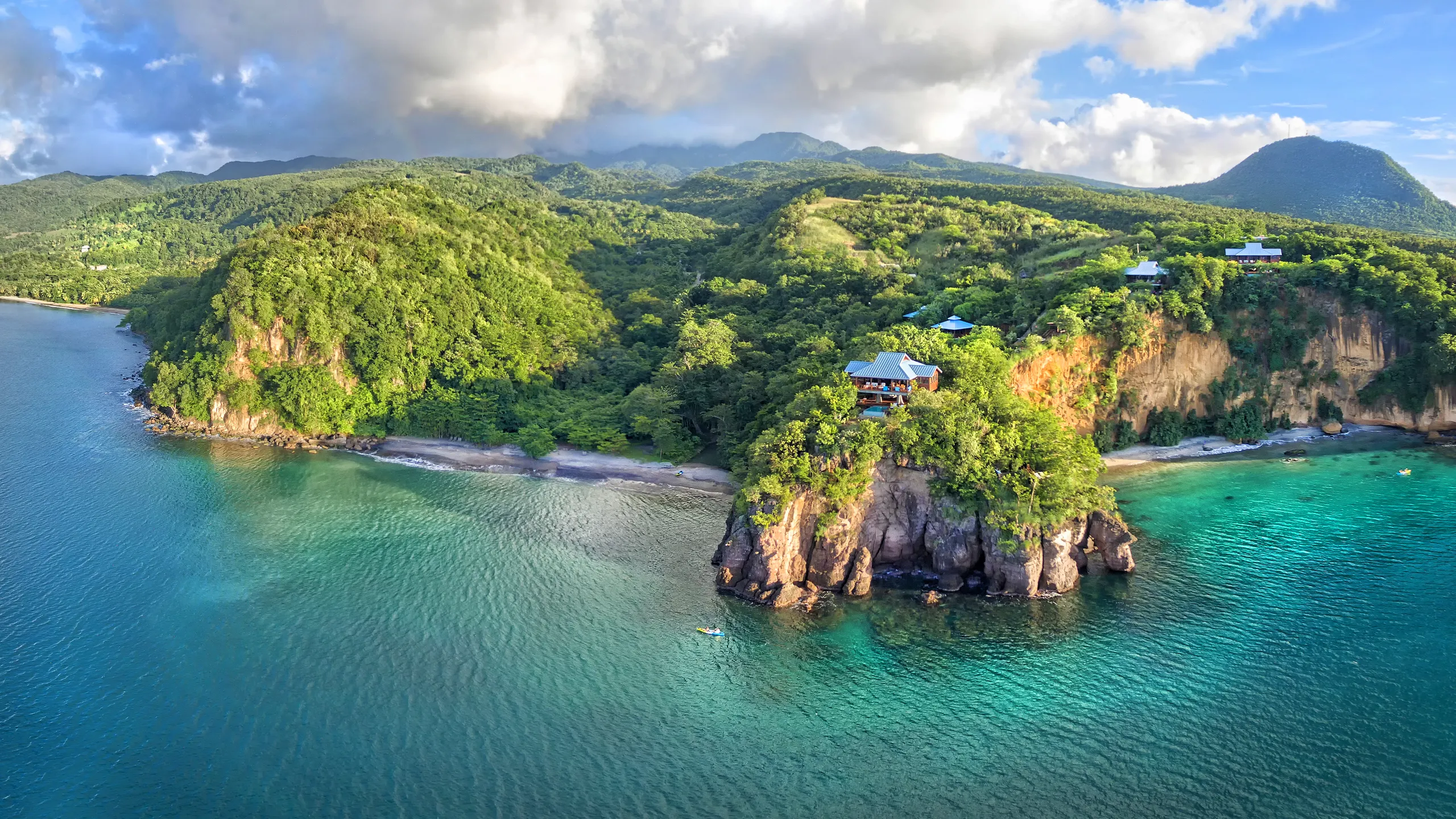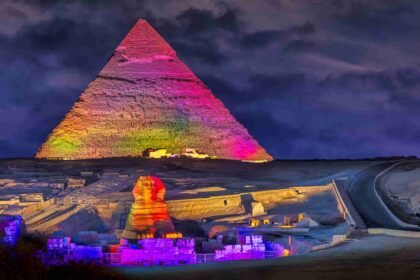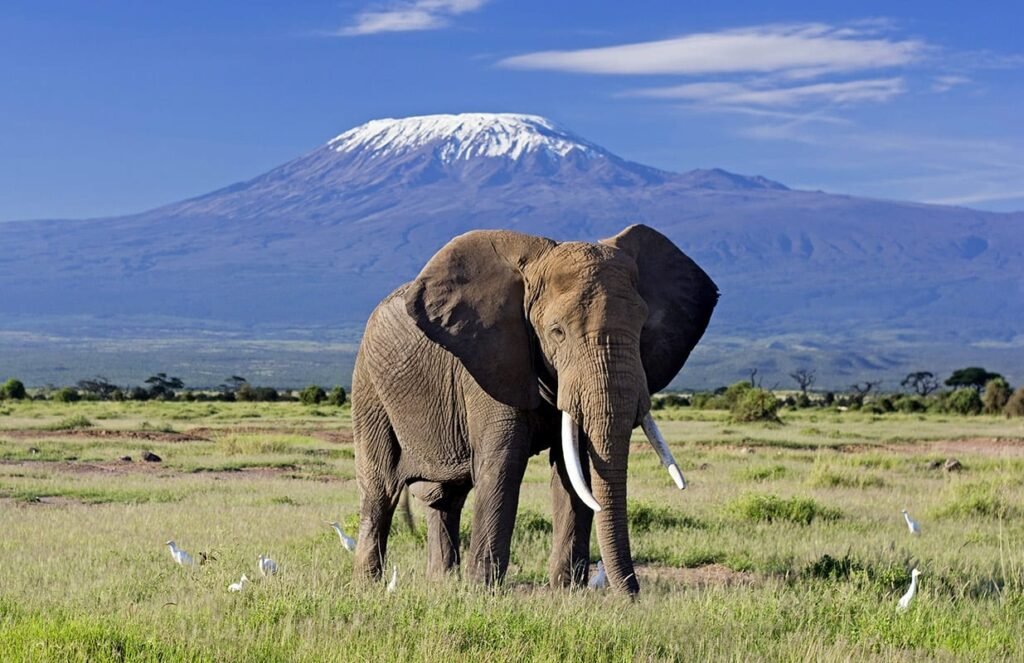
When it comes to planning an unforgettable adventure, nothing compares to a safari in Africa. And if you’re considering the best time to go, January stands out as the perfect month. This is a time when Africa’s landscapes come alive with vibrant colors, teeming wildlife, and mild weather conditions that make outdoor exploration both thrilling and comfortable. Whether you dream of witnessing the Great Migration in Tanzania, spotting the Big Five in South Africa, or exploring Kenya’s diverse ecosystems, a January safari offers unparalleled experiences that are sure to captivate your heart.
The beauty of a safari lies in its ability to immerse you in nature, providing an up-close look at some of the most incredible wildlife on the planet. January marks the peak of the green season in many parts of Africa, offering lush scenery, dramatic skies, and exceptional birdwatching opportunities. It’s also an excellent time for photographers, as the soft light of the season and the vivid greenery create stunning backdrops for capturing memories. Beyond the wildlife, the cultural richness of Africa adds another layer of depth to your journey, ensuring your safari experience is as enriching as it is exciting.
Embarking on a safari in Africa during January not only aligns with optimal weather and wildlife activity but also allows you to avoid the crowds typical of peak travel periods later in the year. This makes for a more intimate and serene encounter with nature. As we delve deeper into the reasons January is ideal for a safari, we’ll explore the unique highlights of Kenya, Tanzania, and South Africa, uncovering why this month offers a once-in-a-lifetime adventure.
Why January Is Perfect for Safari Weather
Travel Smarter, Pack Better

Experience a carry-on built for travelers who value durability and sleek design. Its hard-shell exterior keeps your belongings protected wherever you go.
Move through airports with ease thanks to smooth 360° spinner wheels and a lightweight frame. Every detail is crafted to make travel feel effortless.
With smart interior compartments, this suitcase helps you stay organized on weekend trips or long adventures. Reliable, stylish, and ready for every journey.
One of the key factors that make January an excellent month for a safari is the weather. In East Africa, countries like Kenya and Tanzania enjoy warm, sunny days with occasional short rains. These light showers rejuvenate the landscapes, transforming them into lush, green paradises. The greenery not only enhances the beauty of the savannah but also provides ample food for herbivores, attracting predators and ensuring abundant wildlife sightings.
In Southern Africa, January falls within the rainy season, but don’t let that deter you. The rains are usually brief and followed by clear skies, making it a great time to witness dramatic thunderstorms and stunning sunsets. South Africa’s Kruger National Park, for example, offers a unique charm during this period, as the vegetation flourishes and animals become more active. Additionally, January’s mild temperatures make game drives comfortable, especially in the early mornings and late afternoons when wildlife activity is at its peak.
The combination of pleasant weather and vibrant landscapes in January creates the perfect setting for a safari. It’s a time when nature is at its most dynamic, ensuring that every game drive or bush walk is filled with fascinating sights and sounds.
Wildlife Highlights in January
January is a wildlife enthusiast’s dream come true. In East Africa, the Serengeti in Tanzania and the Masai Mara in Kenya are hotspots for incredible wildlife encounters. This is the calving season for wildebeest, zebras, and other grazers, which means you’ll have the chance to witness newborn animals taking their first steps. The abundance of vulnerable young attracts predators like lions, cheetahs, and hyenas, leading to thrilling predator-prey interactions that showcase the raw beauty of nature.
In Southern Africa, January is an excellent time for birdwatching. Many migratory species are present during this season, adding splashes of color and melody to the landscapes. South Africa’s wetlands and reserves are brimming with birdlife, making it a haven for ornithologists and nature photographers. Additionally, the increased water levels in rivers and dams draw animals like elephants, hippos, and crocodiles, creating spectacular wildlife scenes.
January also offers opportunities to see unique wildlife behaviors. For instance, in Botswana’s Okavango Delta, the rainy season brings dramatic changes to the ecosystem, with animals adapting to the rising waters. These natural phenomena provide rare insights into the interconnectedness of life in the wild.
Safari Destinations to Consider in January
- Kenya
Kenya is synonymous with safari excellence, and January is one of the best months to explore its iconic reserves. The Masai Mara, Amboseli National Park, and Lake Nakuru are must-visit destinations. The Masai Mara, in particular, offers excellent chances to see lions, leopards, and elephants against a backdrop of rolling savannahs. Amboseli is famous for its large elephant herds and stunning views of Mount Kilimanjaro, while Lake Nakuru dazzles with its flamingo-filled shores. - Tanzania
Tanzania’s Serengeti National Park is a January highlight, especially during the calving season. This is also an ideal time to explore the Ngorongoro Crater, a UNESCO World Heritage Site teeming with diverse wildlife. Beyond the wildlife, Tanzania’s cultural richness, including interactions with the Maasai people, adds depth to your safari experience. - South Africa
South Africa’s Kruger National Park is a year-round destination, but January offers a unique perspective. The park’s greenery is at its peak, providing stunning scenery for game drives. For those seeking variety, the private game reserves adjacent to Kruger offer luxurious lodges and intimate wildlife experiences. The Eastern Cape and KwaZulu-Natal regions also shine in January, with diverse landscapes and abundant wildlife.
Benefits of a January Safari
- Fewer Crowds
January is considered part of the green season, meaning fewer tourists in many safari destinations. This allows for a more exclusive experience, with less competition for prime wildlife sightings and better opportunities to connect with nature. - Affordable Rates
Many lodges and safari operators offer discounted rates during January, making it an ideal time to enjoy a luxurious safari experience without breaking the bank. These savings can be reinvested into other aspects of your trip, such as private game drives or extended stays. - Photographic Opportunities
The combination of lush landscapes, vibrant wildlife, and dramatic skies makes January a paradise for photographers. Whether you’re a professional or an amateur, the soft light and stunning backdrops will elevate your photos to new heights. - Unique Wildlife Encounters
The calving season in East Africa and the birdwatching opportunities in Southern Africa ensure that January offers unique experiences not available at other times of the year. These moments create lasting memories that you’ll cherish forever.
Conclusion
A January safari in Africa is more than just a vacation—it’s a transformative journey that connects you to the natural world in profound ways. From the lush landscapes of Kenya and Tanzania to the vibrant ecosystems of South Africa, this is a time when Africa’s beauty shines at its brightest. The combination of mild weather, abundant wildlife, and fewer crowds ensures a safari experience that is as enriching as it is exhilarating.
As you plan your adventure, remember that January offers unique opportunities to witness life in the wild, from the birth of wildebeest calves in the Serengeti to the dazzling birdlife of South Africa’s wetlands. It’s a time to immerse yourself in the rhythms of nature, capturing unforgettable moments and stories to share for years to come.
So, why wait? Start your year with an extraordinary adventure and discover why January is truly the perfect time for a safari in Africa. Let the call of the wild guide you to an experience that promises to be as breathtaking as it is life-changing.

